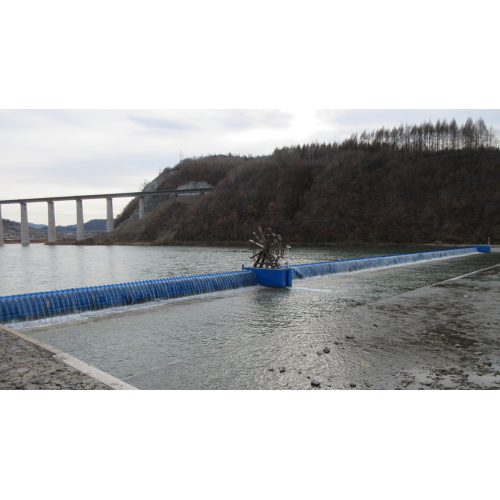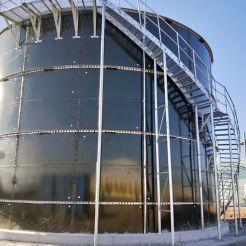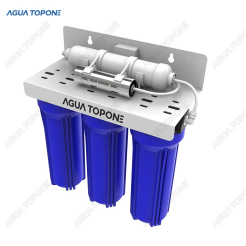Dam Construction
Dam Construction
Product Description
A dam is a structure built across a river or stream to hold back water. People have used different materials to build dams over the centuries. Ancient dam builders used natural materials such as rocks or clay. Modern-day dam builders often use concrete. Manmade dams create artificial lakes called reservoirs.
Dam construction is a vital engineering practice that involves the building of structures to impede or control the flow of water in rivers, streams, or other bodies of water. Dams serve various purposes, from flood control and water supply management to hydroelectric power generation and recreation. This article provides an in-depth exploration of dam construction, its types, components, and the significance of these structures in modern society.
Types of Dams
Dams come in various types, each designed to meet specific needs and challenges. Understanding the characteristics of different dam types is essential for selecting the most suitable structure for a particular location.
1. Gravity Dams
Gravity dams are massive structures typically constructed from concrete or masonry. The weight of the dam itself, combined with the force of gravity, resists the pressure exerted by water. These dams are well-suited for locations with a solid foundation and are commonly used for water storage.
2. Arch Dams
Arch dams curve upstream, utilizing the arch shape to distribute water pressure to the abutments. These dams are often made of concrete and are ideal for narrow canyons where a sturdy structure is needed. The Hoover Dam in the United States is a prominent example of an arch dam.
3. Embankment Dams
Embankment dams, also known as earth dams, are built using compacted earth, rock, and sometimes concrete. They are versatile and can be constructed in a variety of terrains. The Three Gorges Dam in China is a notable example of an embankment dam.








